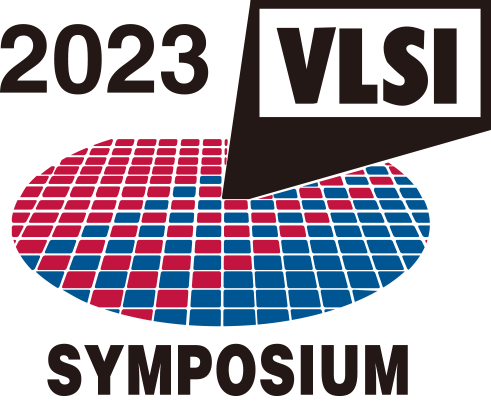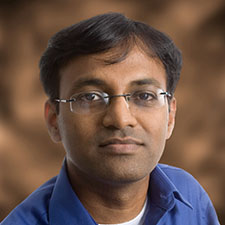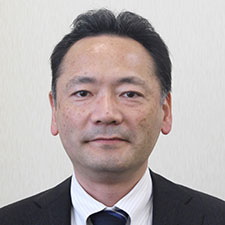Dr. Surya Bhattacharya
Director, System-in-Package, Institute of Microelectronics, Agency for Science, Technology and Research (A*STAR)
Dr. Surya Bhattacharya is Director, System-in-Package, at A*STAR Institute of Microelectronics (IME), Singapore. Over the past 30 years, he has worked on CMOS technology development, high volume product manufacturing, and advanced package scaling at integrated device manufacturer (IDM), fabless companies, and research institute. At IME, Surya leads the packaging team to initiate and execute industry consortia projects to address challenges in advanced heterogeneous integration for system scaling. Before joining IME, he served as Director of Foundry Engineering at Qualcomm, working on technology bring-up and product ramps at leading foundries. Prior to Qualcomm, he was a Principal Foundry Engineer at Broadcom. He started his career at Rockwell Semiconductor Systems, where he was Senior Manager for CMOS technology development. Surya has a PhD in Electrical Engineering from the University of Texas at Austin, and B.Tech in Electrical Engineering from the Indian Institute of Technology, Madras.
Abstract:
Since the invention of the transistor, we have enjoyed tremendous impact of semiconductors on electronic systems. Transistor scaling has played a critical role in achieving increased functionality of semiconductor systems in main-frames, personal computers, and mobile phones by enabling lower power, cost and area per function through monolithic System-on-Chip (SoC). However, over the past decade, the diverse system requirements from wide ranging markets have driven the industry to use heterogeneous integration of multiple chiplets enabled by advanced packaging as a key new toolbox for System-in-Package scaling. This paper provides an overview of multi-chiplet heterogeneous integration (MCHI) packaging platforms to address system scaling needs in coming decades.




